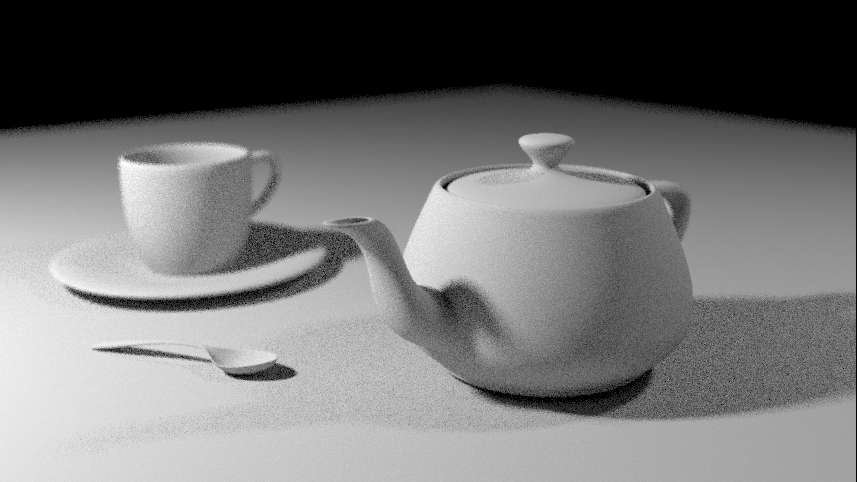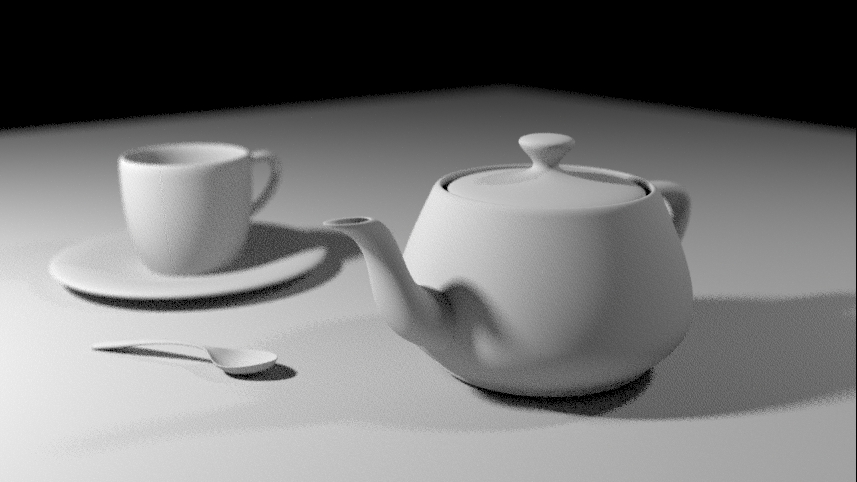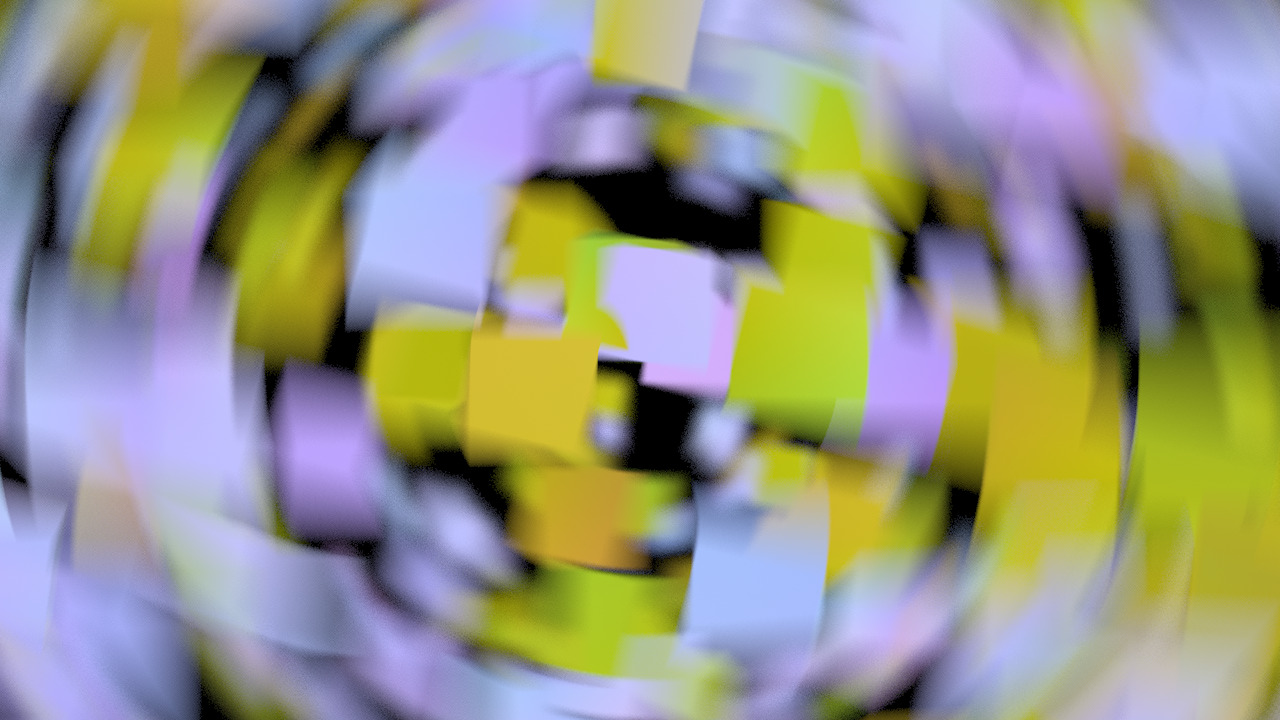Low Discrepancy Sequences
As a follow-up to my post about random numbers, I'd like to ramble a bit about low discrepancy sequences.
Low discrepency sequences (or LDS's as I'll refer to them) are deterministic sequences of points in an n-dimensional space that attempt to be as well distributed and evenly spaced as possible. That's quite a mouthful, but the high-level idea is pretty simple. For a more complete introduction to LDS's I recommend reading chapter 7 of Physically Based Rendering: From Theory to Implementation by Matt Pharr and Greg Humphreys (it's an amazing book, by the way, which you should totally buy if you're at all interested in 3d rendering).
But, suffice it to say, LDS's are really useful. In many contexts they can be used as a drop-in replacement for random numbers to reduce variance. In my case, with a unidirectional path tracer like Psychopath, if I plug an LDS where I otherwise would use random numbers, I get some nice reductions in noise.
Random numbers @ 16spp:

Low discrepency sequence @ 16spp:


